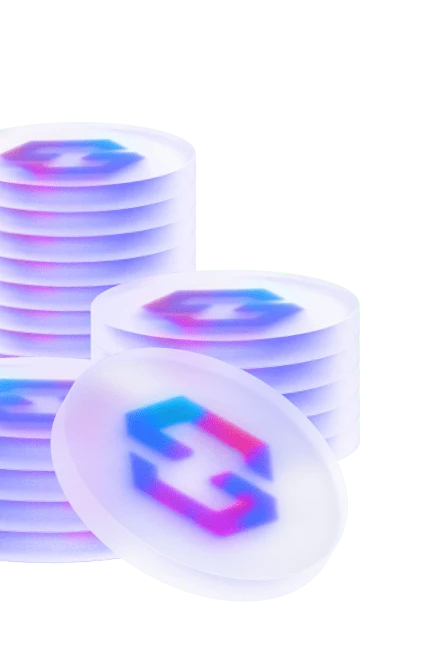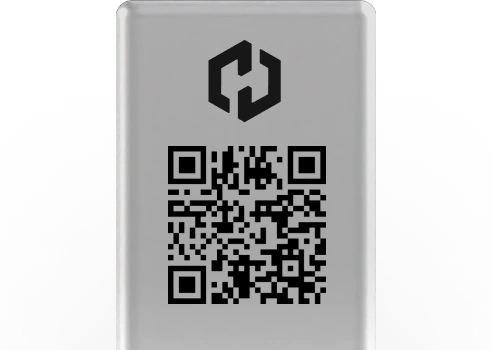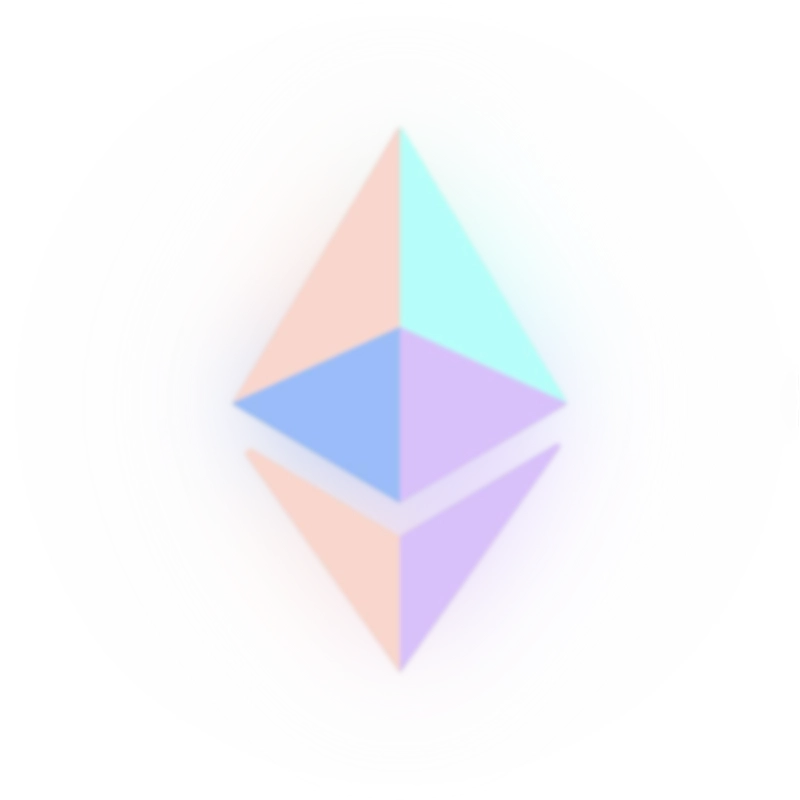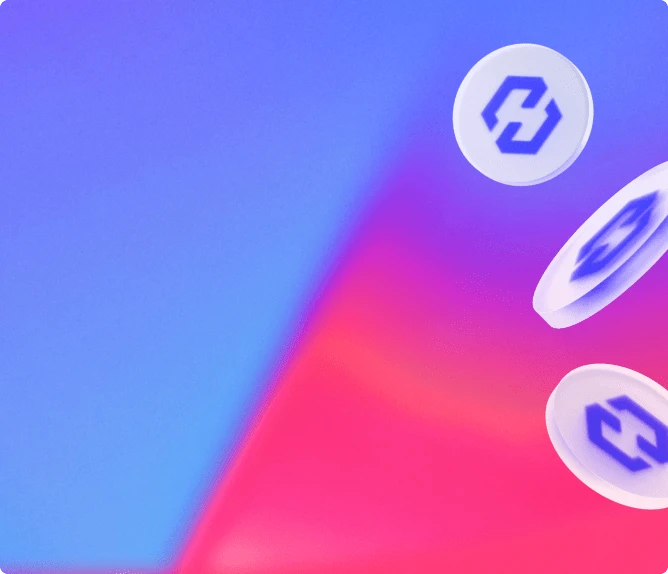Invest in crypto with Coinhouse

Buy, sell, spend cryptos
Invest in the best cryptos on the market.
Program your investment.
Discover the cryptos selected by our experts.
Invest and earn more
Secure solutions for your cryptos.
Earn rewards.
Delegate the management of your assets.
Our offers


Follow our lead

Learn
Discover crypto with our beginner course.
Understand crypto with our experts.
Which investor are you?
Stay informed
New articles every week.
Meet Coinhouse

Our difference
About Coinhouse

Coinhouse for Corporate customers

Crypto for your business
Boost your cash flow with our specialists.
Make your accounting easier with a French and personal account.
Going further
Crypto payments and international transfers.
Segregated accounts and multi-signatory system.
Tailor-made solutions for your Web3 projects.
Our offers
App Download
Scan the QR code

Login








